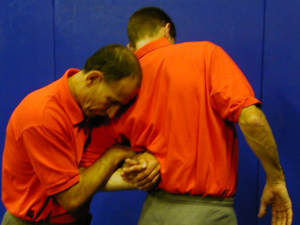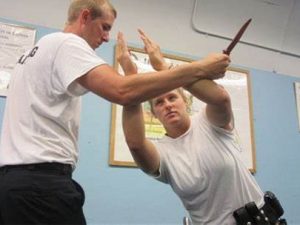Description
Restrictive Physical Interventions
The restrictive physical intervention training builds on the Personal Safety and Conflict Management training, with the emphasis being on recognising and managing conflict so as to avoid the use of any form of physical intervention and the associated risks to all those involved.
We recognise though that for some staff these restrictive practical skills may have to be considered and potentially applied due to the working environment they’re in and / or the nature of the role they perform.
The training will therefore include the appropriate level of restrictive physical intervention skills based on the risks and identified need. For specific roles the use of a mechanical restraint device may be appropriate. Please see our mechanical restraint device training programme for more information.
The decision to use any physical intervention skills should never be taken lightly and should always be a ‘last resort’ when other options have failed or are likely to fail if tried. The restrictive physical intervention programme is carefully designed and delivered with the specific risks that staff face, the roles they perform, the service users they work with and the environment in which they work born in mind.
Learning Outcomes
The learning outcomes for the restrictive physical intervention programme will be the same as the disengagement and breakaway training, but with additional restrictive and non-restrictive physical skills added
- Understanding the background to conflict and recognising rising anger and the triggers to conflict
- Managing and resolving conflict to avoid the use of physical interventions
- Understanding and using dynamic threat assessment
- Using non aggressive signals through stance and tactical positioning
- Understanding physical interventions, the legal frame work surrounding their use and the medical implications and risks involved if they’re applied
- Using non-restrictive physical interventions as a method for physically prompting a subject
- Use of non-restrictive methods for escorting a subject
- Using low level restrictive standing holds that can be used to escort a subject
- Using two-person low level restrictive standing holds that can be used to escort a subject
- Using two-person low level restrictive holds that can be used to restrict movement on a bed, seat or trolley.




